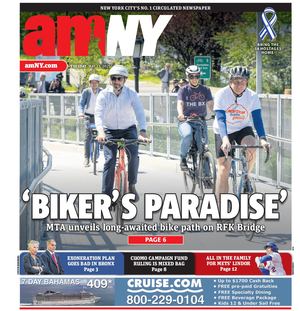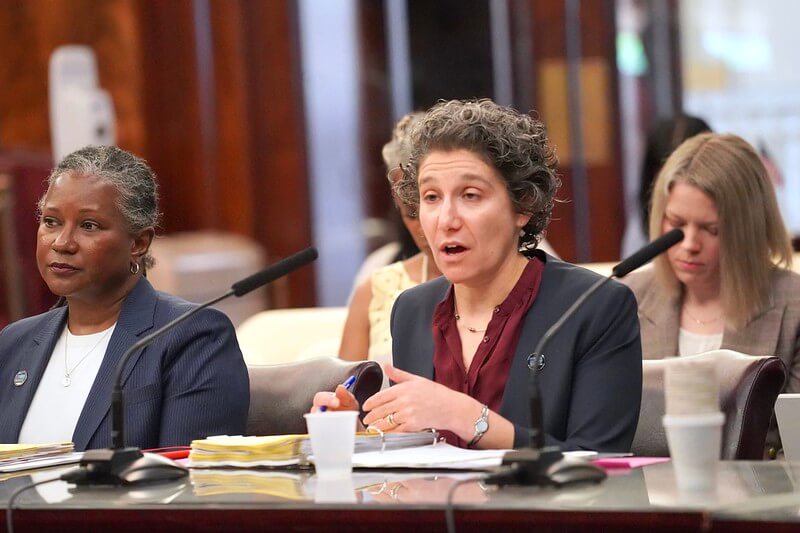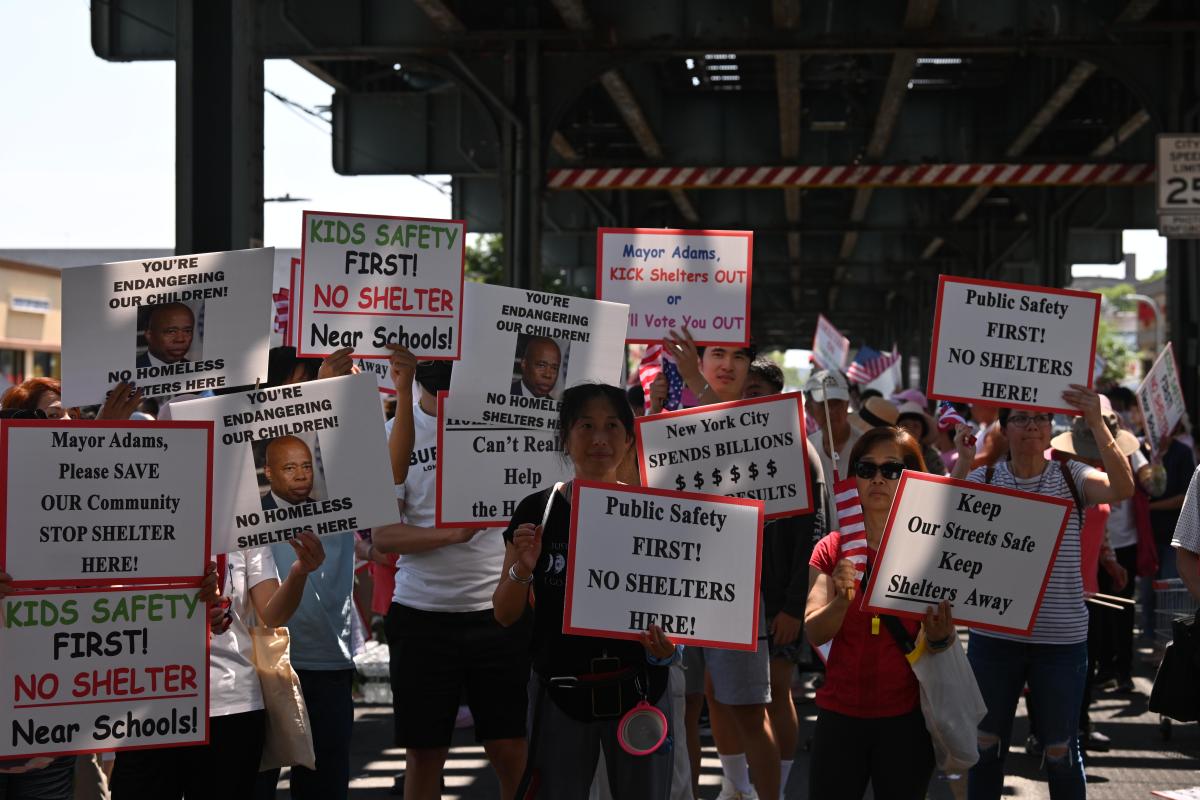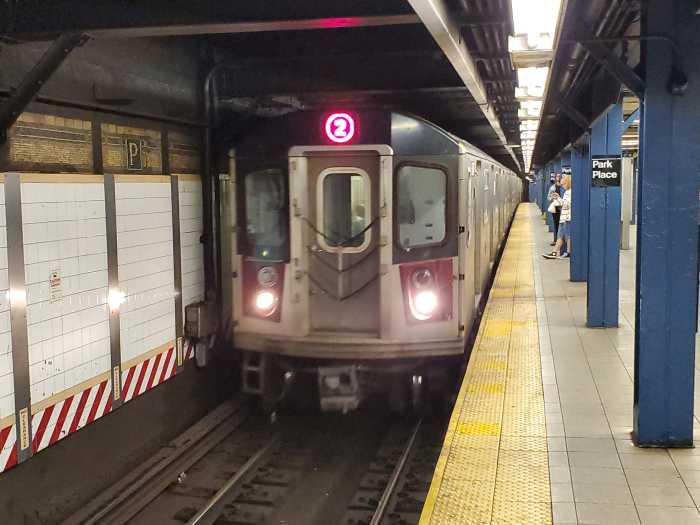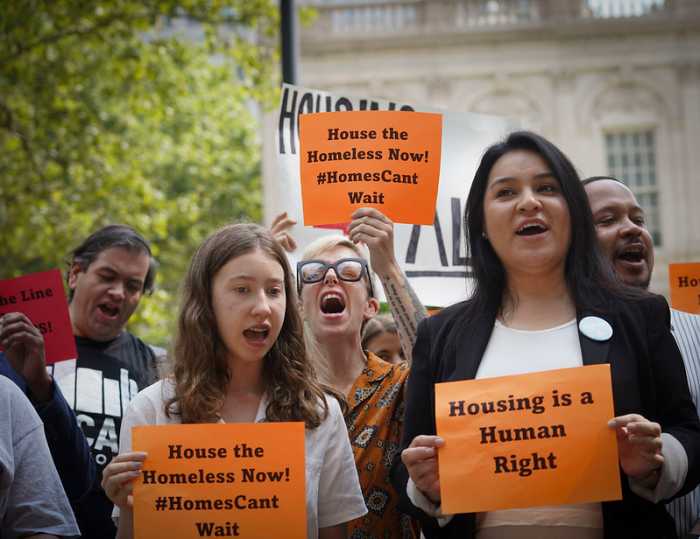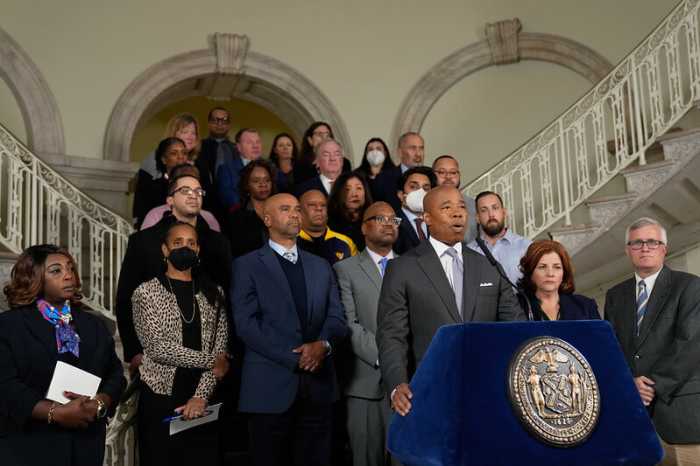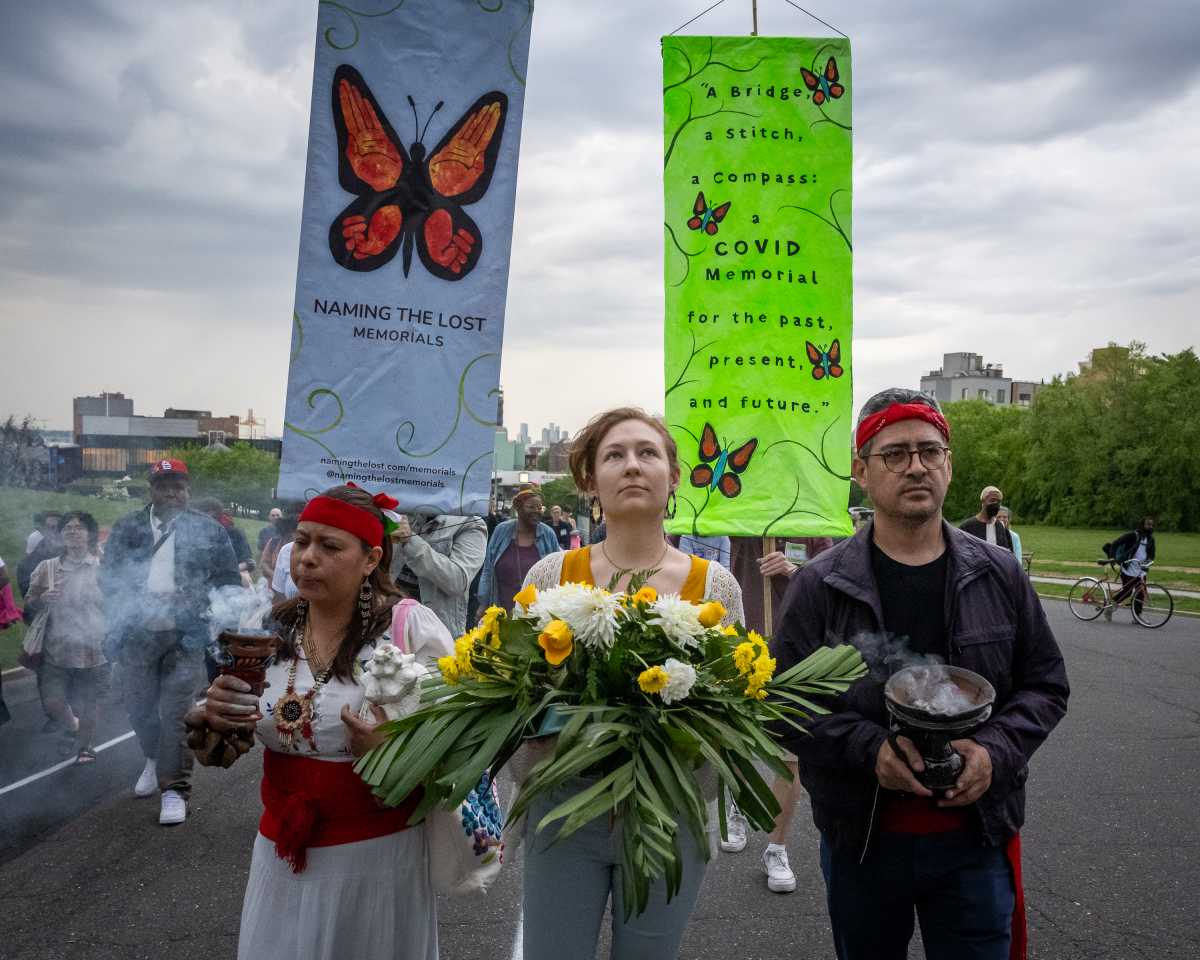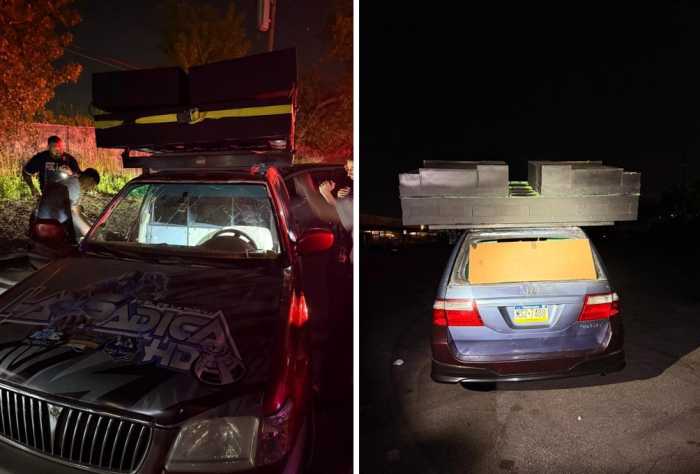City Department of Social Services (DSS) boss Molly Wasow Park refuted a new analysis from the city Independent Budget Office (IBO) finding Mayor Eric Adams’ administration’s migrant crisis cost estimate of $4.3 billion is overblown, during a Monday City Council hearing examining her agency’s proposed budget for the coming fiscal year.
The analysis estimates the cost of sheltering and providing for an ever-rising number of newly arrived migrants will reach between $2.7 billion and $3.7 billion over this fiscal year and the next — meaning it could be as much as $1.6 billion lower than the administration’s $4.3 billion prediction. City Hall cited the sheer cost of the asylum seeker influx as a reason for making billions of dollars in cuts to city agency spending plans in the mayor’s Fiscal Year 2024 executive budget released last month.
In the analysis, IBO included three cost scenarios for city spending on the crisis: $2.7 billion on the low end, $3.1 billion in the middle and $3.7 billion as the highest estimate. Each scenario assumes that the rate of migration next fiscal year will follow the same pace set this year, with the forecasts based on whether the city is able to find cost-savings or is required to ramp up emergency spending.
“Given the fluidity of the asylum seeker situation, IBO cannot know how many asylum seekers will arrive,” the analysis reads. “All three of IBO’s cost scenarios are lower than the executive budget projection of $4.3 billion across Fiscal Years 2023 and 2024. BO’s higher-cost scenario is approximately $600 million less than the Executive Budget for this period. Variations in how many asylum seekers arrive [in] New York City, how long they stay, and their use of city services are the subject of these models.”
IBO’s study looked at all nine city agencies that are slated to receive funding through Adams’ executive budget for handling various parts of the migrant influx. The three scenarios factored in costs for shelter, administrative work, legal services, information technology, emergency management and health care.
But Park, while answering questions from Council Speaker Adrienne Adams during the hearing, said it wasn’t clear if IBO had considered a number of factors in its analysis. First off, she cited the already very high cost of paying for the crisis across city agencies, with the Department of Homeless Services — which DSS oversees — spending $550 million on the crisis this year alone.
Park also pointed to a recent increase in the number of asylum seekers coming into the city shelter system — with daily intakes rising from an average of 200 people a day to close to 600, over the past couple of weeks. And those numbers could go up substantially, she added, when Title 42 — a pandemic-era federal rule restricting migration into the country — expires Thursday.
“What we are seeing is a rising intake of asylum seekers into our system,” she said. “And as I mentioned we have been told that when the public health emergency expires, we can anticipate those numbers to go up substantially. So, I think there’s a gap there that I think maybe doesn’t account for those rising costs.”
Plus, she said, because the city has exhausted the “normal resources” it relies on for sheltering people, it’s had to ramp up spending on incremental emergency contracts that are typically more expensive.
“So, the costs at the beginning of this emergency, even when they were high, are lower than they will be going forward because we are continuously stretching the bounds of what we can do,” she said.
Adams spokesperson Fabien Levy, in a statement, also blasted IBO’s analysis, calling it “not a serious estimate,” which he said is consistent with the office’s history of giving “unrealistically low cost estimates.” Levy said the city has already spent $1 billion since July on housing and providing for migrants, which includes the opening of 126 emergency shelters and eight “Humanitarian Emergency Relief and Response Centers” (HERRCs).
“Their worst-case analysis ignores their own premise — that the population grows and costs will be higher than current rates,” Levy said. “To date, we have already spent more than $1 billion since July of last year and are, unfortunately, on track to reach $1.4 billion by the end of this Fiscal Year, just like we have said for months.”
“Further, with the recent decision by certain states, localities, and a network of activists to resume the bussing of migrants to New York City, as well as the expiration of Title 42 this week, we face significant uncertainty, and must ensure we’re spending within our means. We literally cannot afford to be wrong,” he added.
According to IBO, however, the variable nature of the analysis means it took into account the kinds of fluctuations in cost both Park and Levy referred to — like the high-end scenario, which considers mounting emergency contract spending.
Progressive City Council Member Charles Barron (D-Brooklyn), on the other hand, said he believes the IBO’s analysis is accurate and the administration is inflating cost projections for the influx to justify an austerity budget. In Barron’s view, the lower IBO estimate, plus an additional $1 billion coming from Albany through the recently passed Fiscal Year 2024 state budget, means the true cost of the migrant crisis will be closer to $2 billion.
“He’s bloating that cost, I believe,” Barron said of the mayor. “I believe the IBO is closer with the $3 billion [projection] and $1 billion is coming from the state. So, the cost is only $2 billion.”
Read more: NYC Transit Union Pushes for Right to Strike
